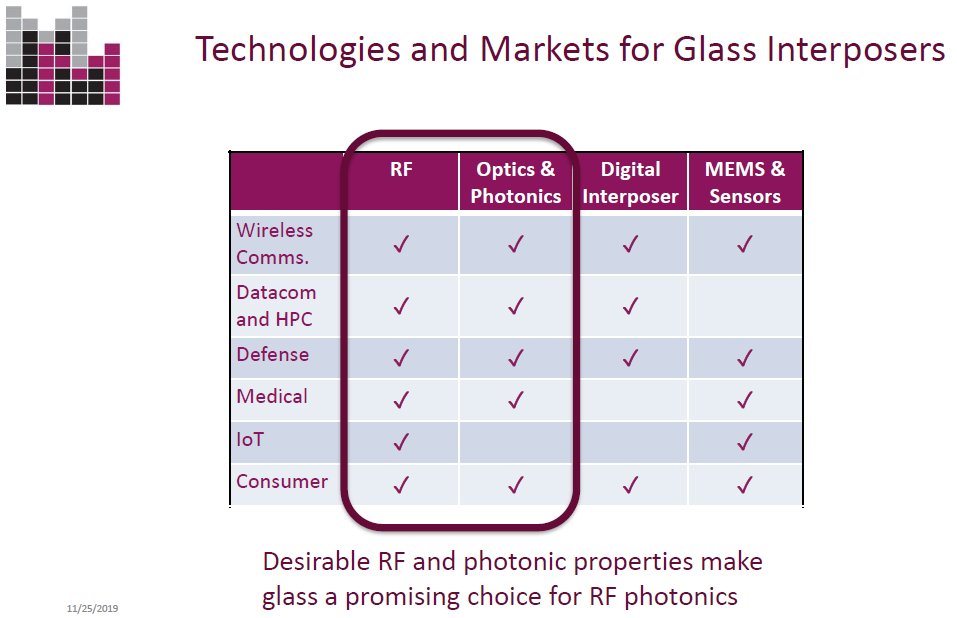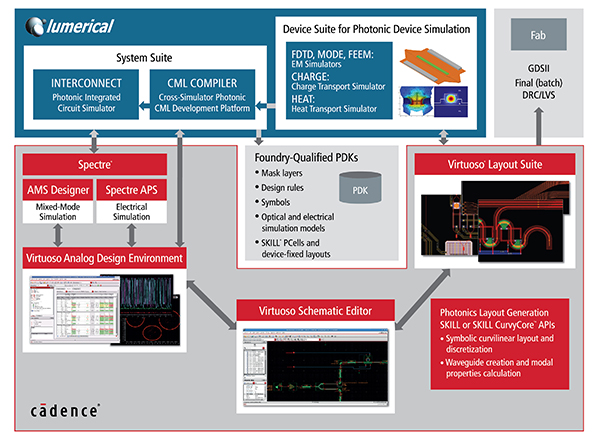 On November 13, Cadence held its annual Photonics Summit. Cadence has been hosting this event for several years with the intention of advancing the photonics industry. With this event, Cadence has been a catalyst in furthering photonic product development. It’s quite remarkable that Cadence hosts such an event in a field where it began engagment only a few years ago. It indicates that Cadence’s intentions here are related to the overall expansion in this segment, spanning beyond its software.
On November 13, Cadence held its annual Photonics Summit. Cadence has been hosting this event for several years with the intention of advancing the photonics industry. With this event, Cadence has been a catalyst in furthering photonic product development. It’s quite remarkable that Cadence hosts such an event in a field where it began engagment only a few years ago. It indicates that Cadence’s intentions here are related to the overall expansion in this segment, spanning beyond its software.
Fiber optics has been around for a long time. In 1952, UK-based physicist Narinder Singh Kapany invented the first actual fiber optic cable based on John Tyndall’s experiments three decades earlier. For those unfamiliar with photonics, and per Wikipedia, “Photonics is the physical science of light generation, detection, and manipulation through emission, transmission, modulation, signal processing, switching, amplification and sensing.” More practically, with this science, we can transmit information using photons rather than electrons. Optical transmission of data has several advantages, but, most notably, photons travel at the speed of light, faster and with far less energy loss than with electrons through copper. While we have had data transmission through fiber optics for some time, this domain of science has advanced more rapidly into various applications over the past few years. Instead of being used for just transoceanic data transmission, companies are now using photonics for intra-data center communications, and products are available for 100G transmission of data. We should soon be seeing 400G optical solutions as well. Optical products may also provide a backbone for the deployment of 5G.
To the uninitiated, it seems quite remarkable that this technology works at all in silicon. Silicon is the primary ingredient in glass (SiO2). We know that glass is one of the materials we use because it allows photons (light) to pass through it. So, how do you make use of light with semiconductor structures made of silicon? There’s a lot of science involved. Intel has been working on this technology for decades, but only recently it has enjoyed much commercial success in deploying it. (To learn more about Intel’s technology, start here.)
Given this background, it was appropriate that the keynote at the summit was given by Intel’s Yuliya Akulova. Yuliya’s presentation was titled Hybrid Laser Platform: The Power of Optics with the Scalability of Silicon. Presentations followed by Andrew McKee, PhD (CST Global), Jose Capmany (iPronics), David Harame (AIM Photonics), Michael Hochberg (Elenion Technologies), Paul Ballentine, PhD (Mosaic Microsystems) and Thien Nguyen, PhD (GenXComm). James Pond, Lumerical Founder and CTO, gave the closing address of Day 1. (See the complete Photonics Summit agenda.)

Lumerical started Day 2 of the event. Day 2 included hands-on training and exercises covering a 2.5D heterogenous electro-optical RF system. Indeed, Cadence and Lumerical have been working together since 2015 to build tooling in this area. (Learn more about Cadence’s photonics efforts and its collaboration with Lumerical.)
In this short post, I cannot cover all the presentations. However, I will be publishing a second post from the Photonics Summit soon based on Jose Capmany’s presentation titled RF/nm and Programmable Photonics, which sparked my imagination. Programming circuits made of light is certainly a fascinating topic. Check back for that post soon.
Share this post via:





Comments
There are no comments yet.
You must register or log in to view/post comments.